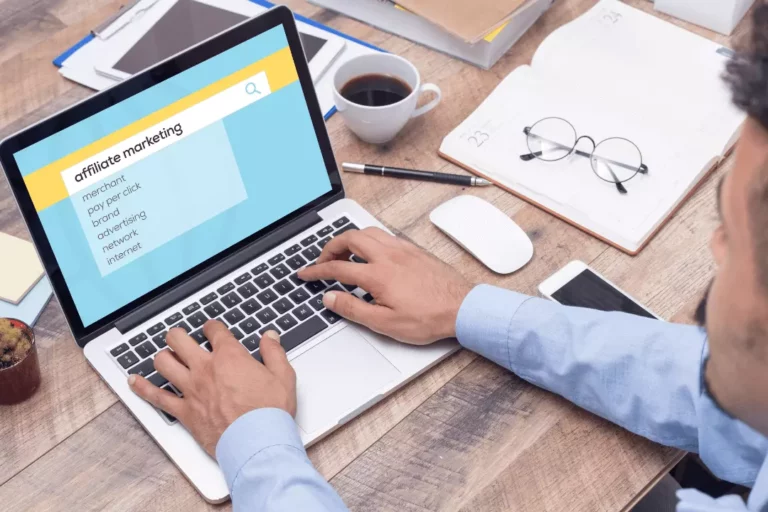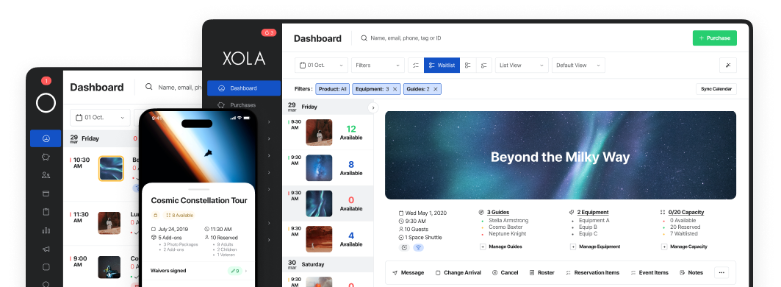
Did you know that you can increase your survey response rates by improving your survey design? Things like the way you write your introduction and how you display your survey button can make or break your feedback campaign.
A well-designed customer satisfaction survey—be it a Net Promoter Score Survey, Customer Effort Score (CES) survey, or CSAT survey— can do wonders in persuading your customer base to complete your survey and share more detailed feedback with you.
As a business owner, you know that incorporating a customer feedback tool, like a survey, is only as successful as the responses it generates in return. If you can’t get your guests to complete your customer satisfaction surveys, it’s difficult to know if you’re meeting their expectations.
Survey design might not have been at the top of your priorities list, but in this post you’ll learn why it should be. We’ll also share eight customer satisfaction survey best practices that will undoubtedly improve your survey response rates and help you identify and resolve negative feedback faster in the future.
Related Reading: CSAT, CES, and other NPS Alternatives – When should you stick with NPS vs. Using an alternative metric
What are the key things to include in your customer surveys?
Every customer satisfaction survey should be created with a specific goal in mind, whether it be to measure customer loyalty or a specific customer service interaction. Once you’ve identified your objective, it becomes easier to write a survey summary and the questions that follow.
Overall, your survey should always include an introduction, a clear call to action, and questions that are relevant to your main goal. Let’s further break down each component below.
Survey introduction
An introduction is a key component to every customer satisfaction survey.
The purpose behind a survey introduction is to provide context for the questionnaire. This is where you’ll tell the reader who you are and why you’re asking for their feedback. Give them an overview of what to expect from the survey, including how long it’ll take to complete and how their feedback will be used.
Be transparent about the purpose of your survey. For instance, if the survey goal is to improve your online booking experience, mention this in your introduction.
You’ll also want to note the survey duration. It’s best to be specific, such as saying “This should only take 5 minutes of your time.”
Lastly, you’ll include any relevant instructions for completing the survey.
Call to action
Make sure you include a clear call to action that persuades guests to fill out your survey. If you’re delivering the survey by email, you’d direct your customers to click on a survey link to start the questionnaire.
The call to action should stand out from the rest of the email. You can use a bigger and bolded font, or include a colorful button that reads “Start survey now!” Try to avoid other links or calls to action as they can distract readers from the main survey link.
How many questions should your survey have?
While there’s no set standard for survey lengths, surveys with more than 15 questions are typically considered too long. And most people will ignore a survey that takes more than 10 minutes to complete.
That means you should try to keep your survey under 15 questions and 10 minutes. Anything longer than that can lead to survey fatigue, which is when your audience gets frustrated and leaves your survey before completing it.
Ideally, you want to keep your survey as short as possible. Identifying a clear survey objective will help you choose only the most relevant questions to include. Then, you can better convince guests to complete it.
Sample customer satisfaction survey questions
Here are a list of questions you may want to ask survey respondents to get more actionable insights.
- On a scale of 0 to 10, how likely are you to recommend our tour or experience to a friend or colleague?
- On a scale from 1 (extremely dissatisfied) to 5 (extremely satisfied), how satisfied are you with your experience?
- How can we improve our visitor experience?
- Do you agree or disagree that your issue was effectively resolved?
- Do you plan on visiting us again?
- How would you rate your experience navigating our website?
- Do you feel our experience offers good value for the price?
- How likely are you to book one of our experiences again in the future?
- How effectively did our team resolve any issues you encountered?
- How satisfied are you with the clarity and frequency of our communication?
- How smooth was the purchasing/booking process?
- Do you feel that your feedback is valued and acted upon by our company?
- How would you rate your interactions with our staff?
- How confident are you in the safety and security of our tours or experiences?
- How innovative do you find our experiences?
- How satisfied are you with our loyalty or rewards program?
- What is one thing we could do to improve your experience with us?
8 best practices for designing your survey
Now that we’ve covered the necessary components of every customer satisfaction survey, let’s get into survey best practices to ensure your campaign is a success.
1. Keep it short and simple
To keep your survey under 10 minutes, you’ll need to keep it short. This not only refers to your overall word count but also the way you phrase your questions. Your questions should be clear and to the point, without any unnecessary wording.
For example, instead of asking:
What would you like to see us keep (and/or stop) doing?
You could ask:
What did you like most about your visit? and What did you like the least?
While splitting that question into two ups the character count, each question alone is shorter than the original. They’re also easier to answer since they ask a single question, rather than the more complex question above.
The goal of your survey is to gather as many responses as possible, so the easier you make it for your guests to read through and understand your questions, the better.
2. Use scale questions
Guests are familiar with answering questions on a scale of “0 to 10.” It doesn’t get much easier than just clicking on a number to describe how you’re feeling.
The good news is that scale questions can provide more insight than simple “yes” or “no” questions. These quantitative responses can be used to calculate important customer experience metrics, such as the Net Promoter Score or Customer Satisfaction Score.
For example, instead of asking your guests:
Are you satisfied with our service?
You could ask:
On a scale of 0 to 10, how satisfied are you with our service?
3. Include open-ended questions at the end of the survey
Yes, multiple-choice and scale questions are easier for your guests to answer, but they don’t give you the context needed to bring about real change. That’s open-ended questions come in. Guests that have more to say can use an open-ended prompt to do so.
It’s best to start with brief, quick questions to create a sense of progress before asking an open-ended prompt. An easy way to do this is to follow up on a multiple-choice question with, “Why do you feel this way?”
For example, if your guest answered with a “2” in the satisfaction scale above, you could follow up with, “What can we do to improve our service?”
4. Avoid adding bias
You might be tempted to begin a customer survey by talking positively about your company. However, this isn’t the best strategy to gain truthful and unbiased responses. The point of a customer satisfaction survey is not to ensure you’re only getting positive feedback. It’s to understand the areas in which you can do better.
To achieve that, you need to refrain from asking questions that might sway your guests to respond one way or another.
For example, a question like “How much fun did you have at our amazing attraction?” could elicit a more favorable response than a more neutral question. Instead, ask your guests “What did you like most about our attraction?”
5. Customize your survey to match your brand
Are your guests familiar with your brand? When you add your logo and brand colors to your survey, you can make it easier for guests to connect the dots. When they spot your logo, they’ll know the survey is coming from your attraction.
You can promote brand recognition by aligning your survey with your brand, such as including the same font and colors as your website.
6. Send your survey at the right time
The final tip is to pay attention to the timing of your survey. Customer feedback surveys typically have a higher response rate when they’re delivered within 24 hours of the customer’s interaction. This makes sense as the experience is still fresh in their minds. When they see the survey arrive in their inbox, they’ll quickly make the connection.
If you wait too long to survey your customers, they might forget about the interaction. Their feedback won’t be as precise.
7. Make it easy to complete the survey on your smartphone
For a tour operator, ensuring that the customer satisfaction survey is mobile-friendly is crucial. This means designing surveys that are easily navigable on a smaller screen, with buttons and text fields that are touch-friendly.
For example, a food tour operator could optimize their survey for mobile use by incorporating drop-down menus and sliders instead of long text boxes. This approach not only makes it easier for guests to complete the survey on their phones but also increases the likelihood of them doing so while the experience is still fresh in their minds, perhaps even right after the tour ends.
8. Use a logical question order
Starting with broader closed-ended questions, such as a demographic question, and gradually moving the types of questions to more specific ones. This warms up the respondents and ensures more people complete the survey and you get more actionable insights.
For instance, you might start your survey with a general question about overall satisfaction with the tour before diving into specifics about the guide’s knowledge, the safety measures, or the cleanliness of the equipment. This methodical approach not only prevents overwhelming the respondents with detailed questions right off the bat but also helps in collecting structured feedback that is easier to analyze and act upon.
***
By implementing these practices, tour operators can design more effective customer satisfaction surveys that yield higher response rates and provide valuable insights for improving their services and customer experiences.





